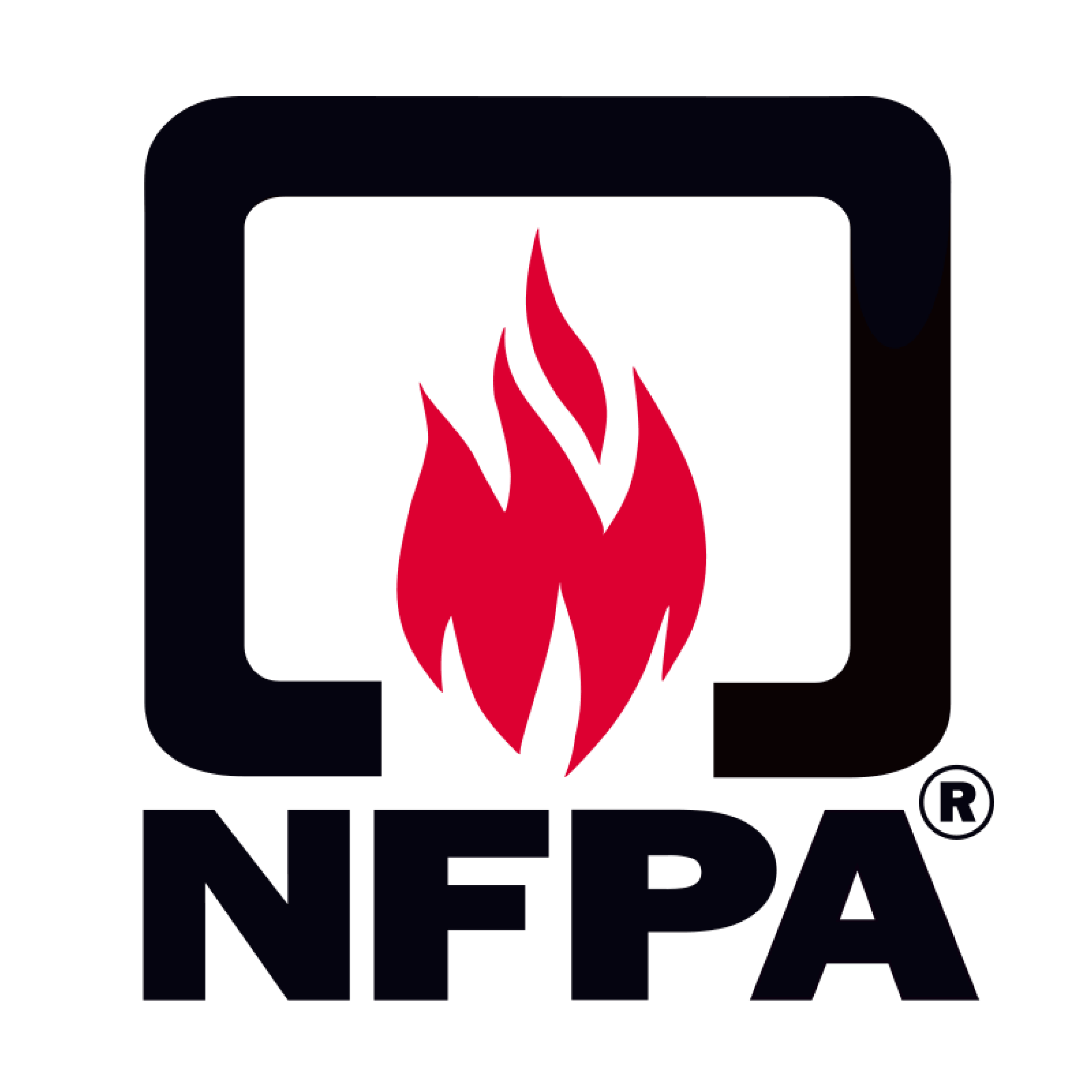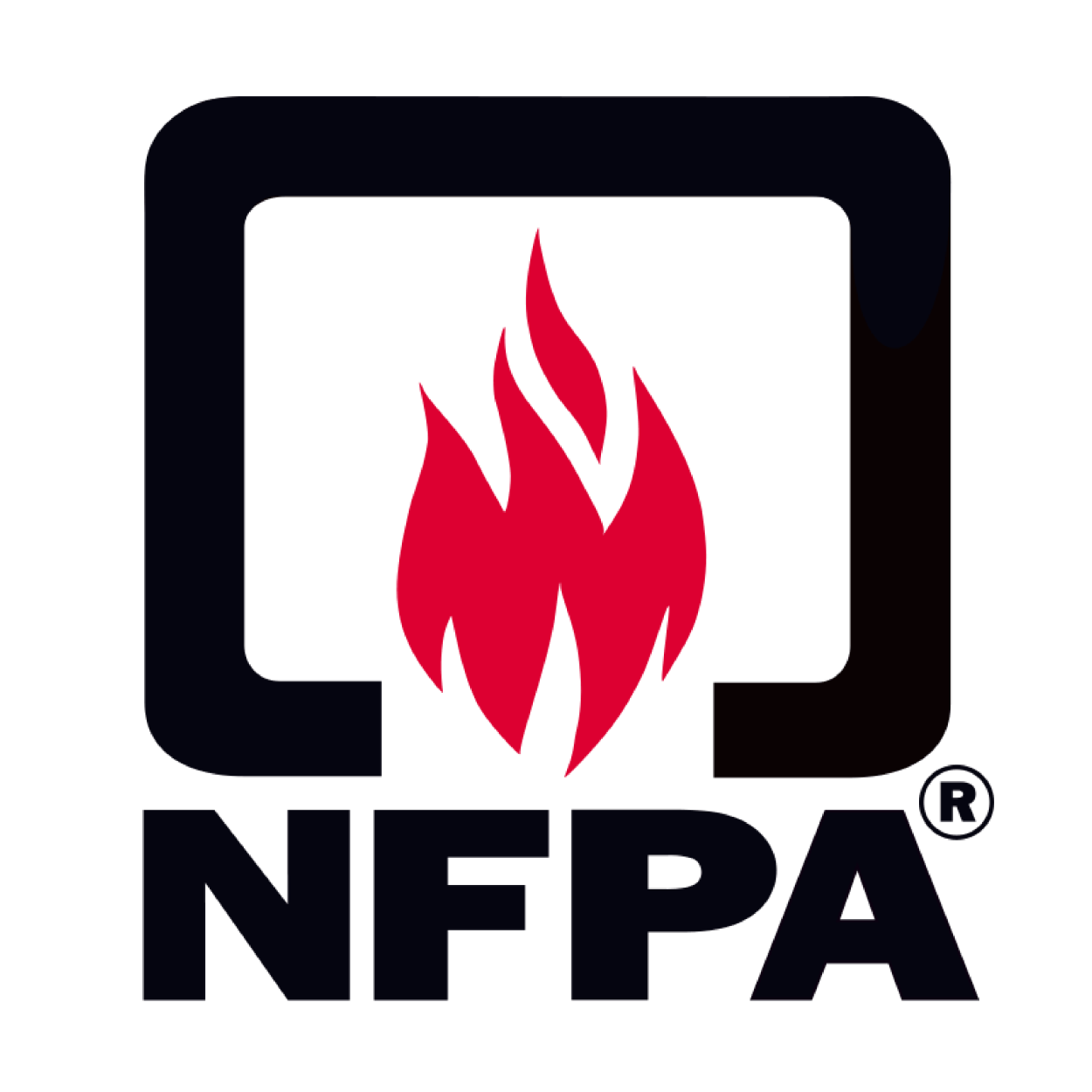
Tentative Interim Amendment
Reference: 8.3
TIA 09-3
(SC 10-8-22/TIA Log #984R)
Pursuant to Section 5 of the NFPA Regulations Governing Committee Projects, the National Fire Protection Association has issued the following Tentative Interim Amendment to NFPA 54, National Fuel Gas Code, 2009 edition. The TIA was processed by the Technical Committee on National Fuel Gas Code, and was issued by the Standards Council on August 5, 2010, with an effective date of August 25, 2010.
A Tentative Interim Amendment is tentative because it has not been processed through the entire standards-making procedures. It is interim because it is effective only between editions of the standard. A TIA automatically becomes a proposal of the proponent for the next edition of the standard; as such, it then is subject to all of the procedures of the standards-making process.
1. Revise Section 8.3 to read:
8.3* Purging Requirements. The purging of piping shall be in accordance with
8.3.1 through 8.3.3. 8.3.1* Piping Systems Required to be Purged Outdoors. The purging of piping systems shall be in accordance with the provisions of 8.3.1.1 through 8.3.1.4 where the piping system meets either of the following:
1. The design operating gas pressure is greater than 2 psig (14 kPa).
2. The piping being purged contains one or more sections of pipe or tubing greater than 2 in. and exceeding the lengths in Table
8.3.1.1. 8.3.1.1 Removal from Service. Where existing gas piping is opened, the section that is opened shall be isolated from the gas supply and the line pressure vented in accordance with 8.3.1.3. Where gas piping meeting the criteria of Table 8.3.1.1 is removed from service, the residual fuel gas in the piping shall be displaced with an inert gas.
Table 8.3.1.1 Size and Length of Piping
| Nominal Pipe Size (in.) | Length of Piping (ft) |
| 2 ½ | > 50 |
| 3 | > 30 |
| 4 | > 15 |
| 6 | > 10 |
| 8 or larger | Any length |
| For SI units: 1 ft =304.8 mm. | |
8.3.1.2* Placing in Operation. Where gas piping containing air and meeting the criteria of Table 8.3.1.1 is placed in operation, the air in the piping shall first be displaced with an inert gas. The inert gas shall then be displaced with fuel gas in accordance with 8.3.1.3.
8.3.1.3 Outdoor Discharge of Purged Gases. The open end of a piping system being pressure vented or purged shall discharge directly to an outdoor location. Purging operations shall comply with all of the following requirements:
1. The point of discharge shall be controlled with a shutoff valve.
2. The point of discharge shall be located at least 10 ft (3 m) from sources of ignition, at least 10 ft (3 m) from building openings and at least 25 ft (7.6 m) from mechanical air intake openings.
3. During discharge, the open point of discharge shall be continuously attended and monitored with a combustible gas indicator that complies with 8.3.1.4.
4. Purging operations introducing fuel gas shall be stopped when 90% fuel gas by volume is detected within the pipe.
5. Persons not involved in the purging operations shall be evacuated from all areas within 10 ft (3 m) of the point of discharge.
8.3.1.4* Combustible Gas Indicator. The combustible gas indicator used during purging operations shall be listed and shall be calibrated in accordance with the manufacturer’s instructions and recommended schedule. The combustible gas indicator used for pipe discharge monitoring shall numerically display a volume scale from 0% to 100% with a resolution of not greater than 1% increments.
8.3.2* Piping Systems Allowed to Be Purged Indoors or Outdoors. The purging of piping systems shall be in accordance with the provisions of 8.3.2.1 where the piping system meets both of the following:
1. The design operating pressure is 2 psig (14 kPa) or less.
2. The piping system being purged is constructed entirely from pipe or tubing of 2-in. nominal size or smaller, or larger pipe or tubing with lengths shorter than specified in Table 8.3.1.1.
8.3.2.1* Purging Procedure. The piping system shall be purged in accordance with one or more of the following:
1. The piping shall be purged with fuel gas and shall discharge to the outdoors.
2. The piping shall be purged with fuel gas and shall discharge to the indoors or outdoors through an appliance burner not located in a combustion chamber. Such burner shall be provided with a continuous source of ignition.
3. The piping shall be purged with fuel gas and shall discharge to the indoors or outdoors through a burner that has a continuous source of ignition and that is designed for such purpose.
4. The piping shall be purged with fuel gas that is discharged to the indoors or outdoors, and the point of discharge shall be monitored with a listed combustible gas detector in accordance with 8.3.2.2. Purging shall be stopped when fuel gas is detected.
5. The piping shall be purged by the gas supplier in accordance with written procedures.
8.3.2.2 Combustible Gas Detector. The combustible gas detector used during purging operations shall be listed and shall be calibrated or tested in accordance with the manufacturer’s instructions and recommended schedule. The combustible gas detector used for pipe discharge monitoring shall indicate the presence of fuel gas.
8.3.3 Purging Appliances and Equipment. After the piping system has been placed in operation, appliances and equipment shall be purged before being placed into operation.
2. Revise A.8.3 to read:
A.8.3 The process of purging gas piping of fuel gas or charging gas piping that is full of air with fuel gas must be performed in a manner that will minimize the potential for a flammable mixture to be developed within the piping. Also, a significant amount of flammable gas should not be released within a confined space. Natural gas and propane suppliers add a distinctive odor to their gas to aid in its detection. However, when a new system is brought into service and unodorized gas is detected, the company supplying the gas should be contacted to inform it of the situation and to determine what action should be taken.
A.8.3.1 Paragraph 8.3.1 describes the characteristics of gas piping systems that are required to be purged only to the outdoors. The criteria were selected to distinguish between piping systems located in industrial, large commercial, and large multifamily buildings from those located in light commercial and smaller residential buildings. The gas piping systems installed in industrial, large commercial, and large multifamily buildings are considered to be larger more complex systems for the purposes of defining their purging requirements. Because of their larger pipe volumes or potential for higher flow rates, these systems require procedures to ensure that large volumes of fuel gases are not released indoors and that flammable mixtures do not occur within the piping itself. Installers of these complex systems deal with considerably more variables that may result in a higher potential for discharge of large gas volumes during purging operations. Specific occupancy categories such as industrial, manufacturing, commercial, and large multifamily were not included in the fuel gas code. U.S. building codes define these occupancies for the purpose of construction and safety requirements. There is no general relation between the occupancy types, as defined by the building codes, and the size of gas piping system to be installed in that occupancy. The gas piping size and operating pressure are based on the nature of the piping system and gas appliances to be installed and are not dependent upon a building’s occupancy type or classification.
A.8.3.1.2 It is recommended that the oxygen levels in the piping be monitored during the purging process to determine when sufficient inert gas has been introduced. The manufacturer’s instructions for monitoring instruments must be followed when performing purge operations.
A.8.3.1.4 Combustible gas indicators are available with different scales. For purging, it is necessary to use the percent gas in air scale and to follow the manufacturer’s operating instructions. The % LEL scale should not be used as it is not relevant to purging.
A.8.3.2 The criteria were selected to describe typical gas piping systems located in light commercial and the smaller residential family buildings. Gas piping systems installed in these buildings are considered to be smaller and less complex systems for the purposes of defining their purging requirements. Installers have familiarity with purging these systems and the potential for discharge of large gas volumes during purging operations is low. Also see A.8.3.1.
A.8.3.2.1 Where small piping systems contain air and are purged to either the indoors or outdoors with fuel gas, a rapid and uninterrupted flow of fuel gas must be introduced into one end of the piping system and vented out of the other end so as to prevent the development of a combustible fuel/air mixture. Purging these systems can be done either using a source of ignition to ignite the fuel gas or by using a listed combustible gas indicator that can detect the presence of fuel gas.
Issue Date: August 5, 2010
Effective Date: August 25, 2010
(Note: For further information on NFPA Codes and Standards, please see www.nfpa.org/codelist
Copyright © 2010 All Rights Reserved NATIONAL FIRE PROTECTION ASSOCIATION


